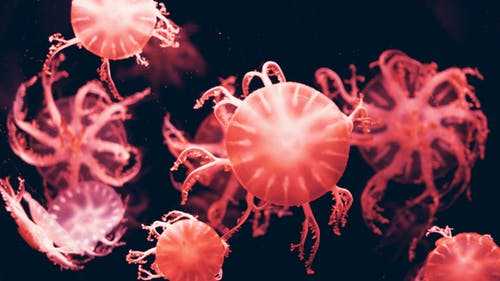Address
304 North Cardinal St.
Dorchester Center, MA 02124
Work Hours
Monday to Friday: 7AM - 7PM
Weekend: 10AM - 5PM

Viral pathogenesis is the study of how biological viruses cause diseases in their target host, usually carried out on a cellular level or molecular level.
Some inhibitory effects include:
is the earliest stage of infection in the viral life cycle, as the virus comes into contact with the host cell and introduces viral material into the cell.
Membrane Fusion or Hemi fusion State
The cell membrane punctures and caused to further connect with the unfolding viral envelope.
Endocytosis
The host cell takes in the viral particle through the process of endocytosis engulfing the virus like it would a food particle.
Viral Penetration
They inject the viral capsid or genome into the host cell’s cytoplasm.
Parthenogenesis
It is a process in which an initial infection becomes a disease.
Viral pathogenesis is the sum of the effects on the host caused by the replication of the virus and of the host’s subsequent immune response.
There are several mechanisms that must occur for a viral disease to develop.
Pathogenic mechanisms of viral disease include the following steps:
In some systemic viral infections, rashes occur when virions leaves the blood vessels. It produces different types of lesions. E.g., macules and papules, vesicles and pustules.
Entry
Viruses enters skin via breaks in skin, abrasions, insect bites, animal bites, and behaviors.
These tissues character by presence of macrophages known as reticuloendothelium system function to filter blood and remove foreign particles but sometimes provide a portal of entry for viruses into tissues. For example: Hepatitis is a disease caused by the virus that infect hepatocytes.
In well-defined parts of brain, capillary epithelium is fenestrated and basement membrane is sparse. Some viruses such as mumps or toga pass through capillary epithelium and enter in cerebrospinal fluid, from where they infect ependymal cells and invade brain tissues.
In pregnant female, viremia may lead to infection of developing fetus. The basement membrane is less well developed in fetus and infection can occur by invasion of placental tissues and then fetal tissues. Infected circulating cells such as monocytes enter fetal blood stream directly.
Some viruses enter urogenital tract as the result of sexual activities. Some viruses enter epithelium and produce local lesions. E.g., certain human papillomaviruses which causes genital warts.
Every few seconds, the eyelids pass over the sclera, bathing it in secretions that wash away foreign particles. There is usually less opportunity for viral infection of eye, unless it is injured by abrasion. Direct inoculation into eye may occur during ophthalmologic procedures or viral contamination. E.g., improperly sanitized swimming pools. In most cases replication is localized and results in inflammation.
Viral infections occur when a virus enters the body and invades the inside of the body cells to reproduce. If the body’s immune system cannot fight off, it multiplies and spreads to in the other cells, repeating the process and leading to a widespread infection.
Some viral diseases are
Severe acute respiratory syndrome(SARS)
Viral meningitis
Yellow fever
AIDS
SARS is a contagious and potentially fatal respiratory illness.
CAUSES
Droplets from coughing and sneezing and close human contact likely transmit the SARS.
This could be through
Sharing utensils for eating and drinking. Speaking to someone within a distance of 3 feet
Touching someone directly
SYMPTOMS
High fever, Aches, chills, diarrhea, Dry coughing, shortness of breath. Serious complications like respiratory failure, heart failure, liver failure
TREATMENT
No drug appears to be effective. No vaccine available.
It is a neurological disorder or viral infection.
CAUSE
Caused by virus named non polio enterovirus Influenza, Measles, Epstein-Barr may cause it
SYMPTOMS
Lethargy, Headache, Eyes being more sensitive to light, Vomiting, Lack of appetite etc.
TREATMENT
This viral disease may have mild recovery within 7 to 8 days. Antiviral medicine can treat it.
Caused by
“Yellow fever virus” (RNA) and spreads by the bite of infected mosquito “Aedes aegypti.” Host of yellow fever: Monkey and human
Symptoms
fever chills, loss of appetite, nausea, muscle pain particularly in the back and headache, liver damage beginning, causing yellow skin.
Treatment
we know No cure for yellow fever. Hospitalization is advisable. Paracetamol is used to relief the pain.
Causes by virus “HIV”
Spreads by somebody fluids, blood semen, breast milk fluids, from a woman’s vagina, fluids from the rectum.
Antiretroviral help people with AIDS but cannot cure AIDS. Patients have to change medicine because HIV becomes resistant to one medicine.

Entry of HIV:
1)Attachment
2)Uncourting
3)integration
4)Transcription
5)Assembly
6)Budding